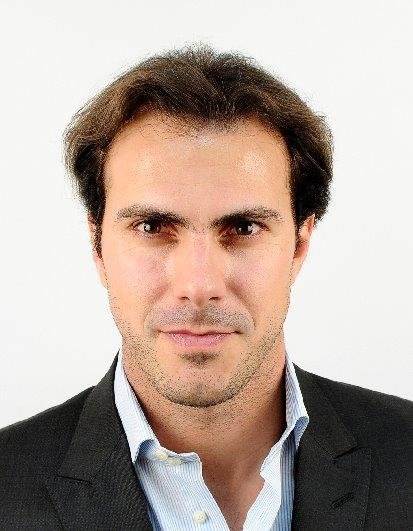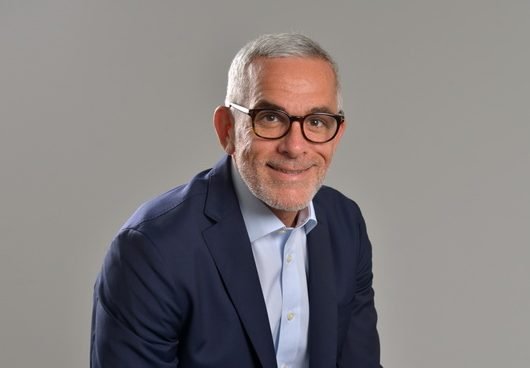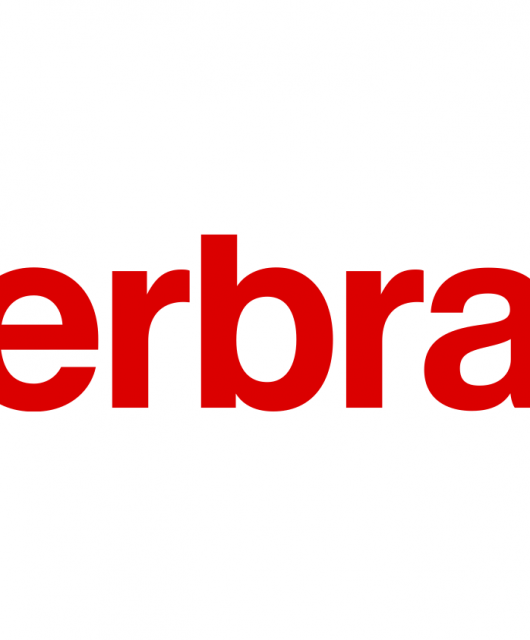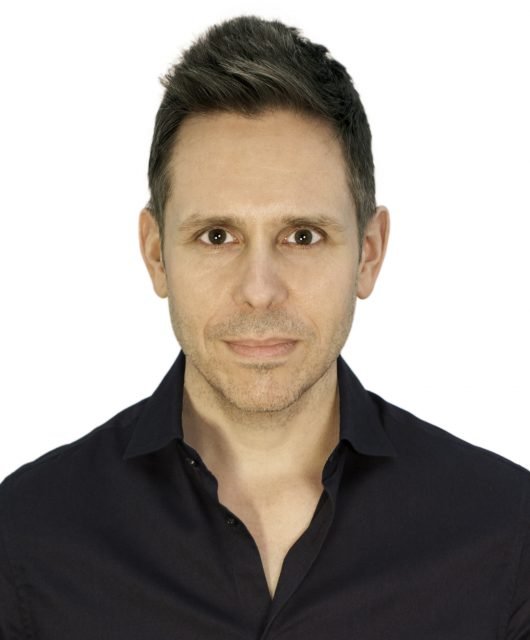Why Customer Success Function Is the 12th Player (Super-Sub) for the Customers – Insights from a Decade of Experience
Customer success is a role that could and should become the company’s heartbeat. Today great organizations look at customer success as the key contributor to the growth and bottom line, says Sweta Duseja, Director of Customer Success at MoEngage, a marketing automation and customer engagement platform

In an exclusive interview with Brandberries, Sweta talks about what customer success (CS) is as a function. “The role it plays in nurturing the customers after the pen has been lifted and the ink is dry.” She also shares her expertise on how a CS professional can grow and what he/she must be aware of while tackling a sensitive situation (which comes along more often than not)
Sweta Duseja, In Her Own Words
I have been a customer advocate rooting for their success for a long time. It has always been innate, this love of helping customers grow, save, achieve, smash their goals, and ultimately win at whatever they are doing. And what a time to be speaking about customer success. Given the economic conditions, everything is shifting. So the one thing that gives the customer some confidence is that their customer success advocate has their back and will help them navigate.
That is what my approach has been, and how did I get to where I am today? I have been part of the marketing and customer advocacy fraternity for a long time now. I took it upon myself to learn different types and styles of marketing, and probably that is why today, I am able to understand the mind of the marketer from the other side of the table.
How would you define Customer Success and the role it plays in the growth of an organization?
Customer adoption, customer growth, and maturity are customer success. This function (CS) is the leading indicator of what a company can expect to face in the market among its competitors, prospective customers, and partners. Having said that, customer success is a role that could and should become the company’s heartbeat. Today great organizations look at customer success as the key contributor to growth and bottom line. And the big KPIs that spell success, like customer retention for MoEngage. It is no longer a ‘nice to have’ thing, and it speaks volumes about a company that is able to retain 95% or 99% of its customers over a long period of time. It means that you are actually to the customer when you’re building your product.
Many organizations even now consider customer success as an operating expense that cannot be avoided. The same was the story with marketing some 10-12 years ago, but that isn’t the case now. Similarly, even customer success takes over when the paperwork is done and the ink is dry. Then it is our (CS) job to ensure that the customer is retained and does not look elsewhere.
How do you understand customers’ goals and the steps taken to achieve them?
I have been lucky enough to meet several leaders in the industry, especially those who are in charge of the entire function at a group level or those who are coming in new and making an immediate impact. In addition to looking at the goals that were the primary reason for someone to invest in our platform (MoEngage), the goals vary, depending on whom you’re speaking with. If you’re speaking with a CIO for a company, they want to make sure that there’s seamless integration, they’re not going to have to throw even more technical resources at a platform and yet get the business what it requires to help achieve business goals.
When you speak to somebody at an even higher level, at the group level, for example, in the META region (Middle East, Turkey, and Africa), their goals are – am I going to be able to use the same platform across all of my businesses, because that gives me such great economies of scale and resources. And what a fantastic viewpoint! – The same function (customer success) and at two different levels, the goals are completely different.
So when you, as a customer success professional, meet different leaders, they want to know things like:
- Will the platform align with all my business goals?
- Is it user friendly?
- Does MoEngage provide local support at 7 pm in the evening?
So, there are lots of goals, and I think the first step that needs to be taken is establishing a very trustworthy relationship at multiple levels that you need to as a customer success professional. And then being able to listen and understand the customer goals. One of the other key steps is making sure that you communicate back to them your understanding so that it can be rectified if needed or carried on if all parties give the go-ahead.
What is the process behind identifying an at-risk customer, and how do you retain them?
Before I start with the answer, I would like to pose a rhetorical question – Why should a customer be at risk? Why do they get to that point? The answer is very simple. I’m not saying that it’s easy. I’m just saying that the identification of the same is very simple.
At what point are they at risk?
- Is it post-implementation?
- Is it during the engagement?
So as a CS professional, it’s important to identify and bifurcate those two in order to resolve the situation. A leading indicator in both cases would be that the customer is not picking up your call. It’s so simple. If everything is ok, then why would they not want to hear from you? It’s probably because they have not heard from you in a while, and hence there is a dip in engagement, and therefore the customer could be at risk.
We would think that this is probably one of the biggest reasons but in a region like the Middle East, where talent shifts on a regular basis and where many companies are opening up, there are myriad other reasons why customers could be termed as at risk.
- It could be that there’s new leadership in town.
- It could be that leadership has a completely different viewpoint right based on their experience as well.
- It could be that the product has changed or not changed dramatically while the market has or has not changed dramatically.
The only thing that I can think of as a CS professional that you have at your discretion is to retain customers, keep them far away from that at-risk point – is to be proactive, and that will help them immensely.
How does the CS function collaborate with other teams like Sales, Marketing, and Implementation to provide a holistic experience to the customer?
Beyond a certain point, a single person or a single function is not going to be able to deliver enough. It’s very important to be aligned. I look at customer success as a function that behaves like a hub as opposed to a spoke, which means that if customer success is sitting in the center, acting as the hub of MoEngage for the customer, then the CS professional has to be connected to product management, technical support, sales, marketing, and these are just the obvious ones. There could be so many other spokes that you’re connected into that help the customer success manager then be that single point or that single channel into and out of the customer.
And if you are doing all of this and already spending so much time understanding and listening to the customer, then it’s very important that the information feeds into and out of MoEngage as well. For example – informing the marketing team about the coolest campaigns that customer has been working on or working with sales in partnership. I think this cohesive approach is very important. The entire ecosystem depends on a lot of communication, and at MoEngage, we are doing a very good job of it.
In your opinion, how do you see the role of customer success evolving in the future, and why is it important for SaaS companies to have a strong CS pillar?
The challenge that SaaS presents is unless it’s integrated so deeply into the stack, it’s very easy to bend. For instance, I am paying a subscription. How easy is it for me to understand that Netflix has better programming than Amazon, and how easy is it to sign up? Things that potentially take a longer time to switch are the ones that you are more invested in. So while there are on-prem solutions available, largely everything has or is gradually moving to the cloud.
So if it’s so easy to switch in the cloud, then what is the saving grace here?
People still look for other people outside their organization as consultants and knowledgeable, trusted advisors and want to keep that relationship because there is a lot of intelligence that is built into building that relationship.
So one of the key differentiators in SaaS is having good customer success professionals that are trusted advisors to the customer. This is going to be a key winner in the long run.
And in terms of the role of CS evolving, I think the customer success manager has to evolve. We are already noticing that many organizations are recruiting talents like Chief Customer Officers or VP of Customer Success. So the function is already being called to sit/be present in executive meetings. Otherwise, who else is going to give the pulse of the customer? Your VP of CS becomes the main channel of the realm.
If you want to look at the role, a lot of evolution or revolution has to come at the level of the customer success manager.
What will help a CS professional become a super contributor is:
- Knowledge from listening to the customer
- Staying one step ahead of the customer, so you are guiding them
- And ultimately becoming one source of truth for everything they want to do/implement.





